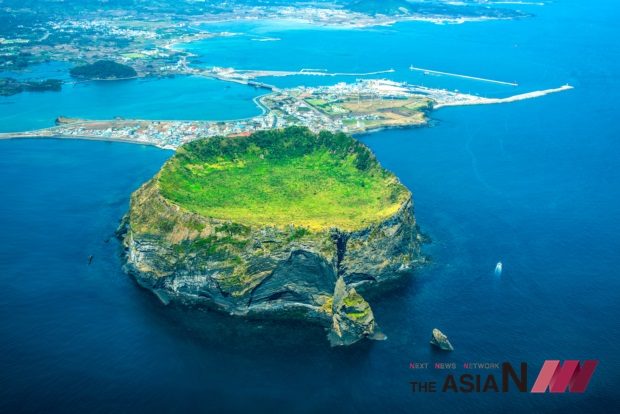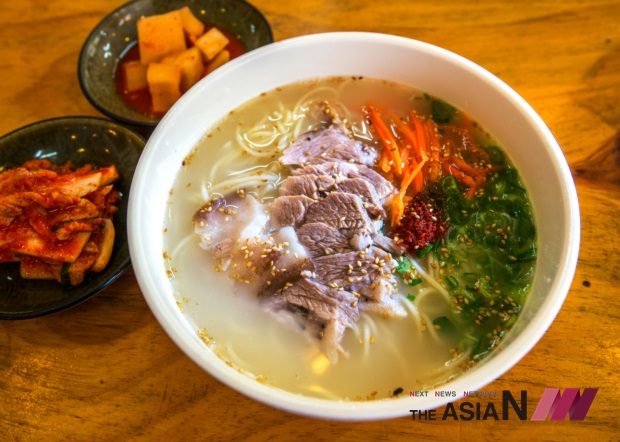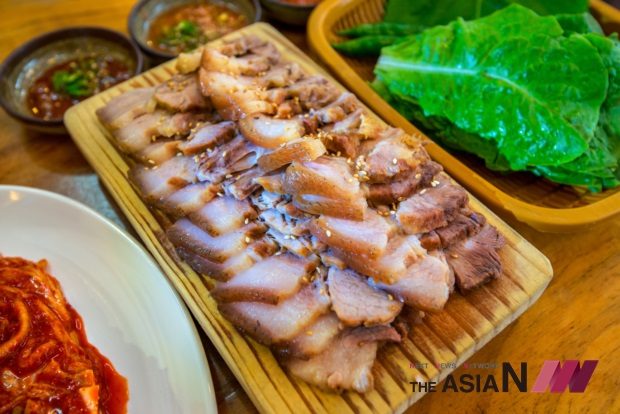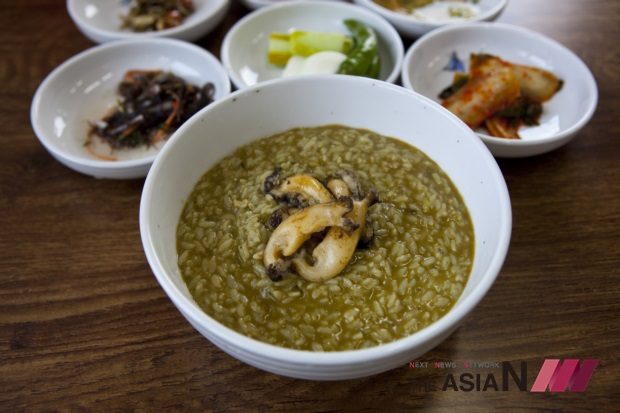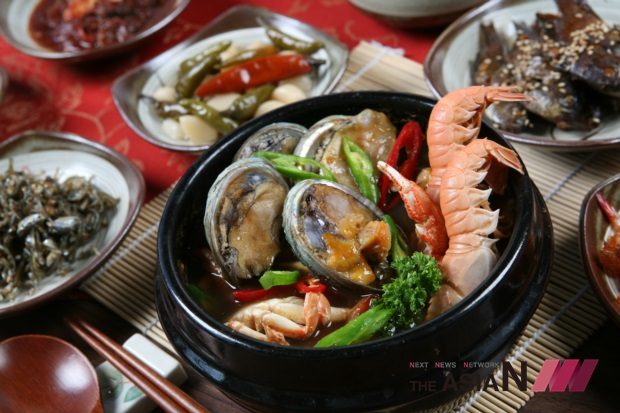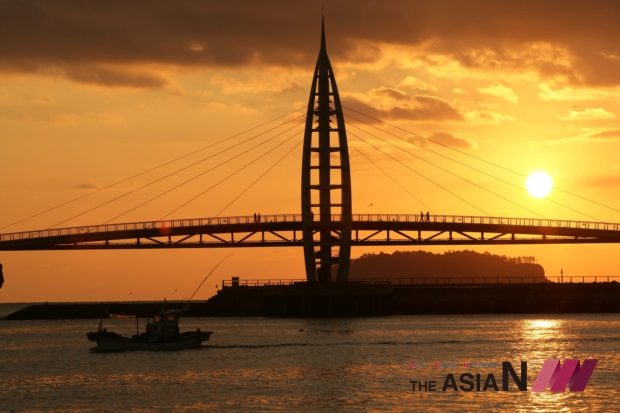Backpacking around Korea’s Hidden Gem, Jeju
Jeju is, by far, Korea’s most popular tourist destination. The Island had always been crowded with Chinese tourists, but lately, as tensions arose between China and Korea over THAAD, few Chinese have chosen to vacation in Jeju. Instead, travelers from Korea, Southeast Asia, America, and Europe have been increasing each year. Tourist organizations, seeing this shift, have been refocusing their efforts to the changing demographic. This being the case, what do foreigners actually think of Jeju? Italian reporter Alessandra Bonanomi describes her 3-day trip to Jeju Island as a backpacker. – Editor’s note
Despite all the natural places situated in Jeju Island, residents have created many ways to entertain visitors.
For this reason, the island is full of museums, folk villages, and sports centers. I was really surprised to see so many shops full of golfing equipment in Jeju Island. I hadn’t realized Jeju is a popular golfing site. On the island, there are 26 golf courses where many large-scale international competitions are held such as the PGA Tour and the World Cup Championship. The cheap fee for the golf courses is another reason this sport is so popular in Jeju.
Hard life for backpackers
When I was planning my trip to Jeju Island, I decided to revive my backpacker soul. I traveled as a backpacker almost everywhere in Europe and tried to do the same in Jeju; just to see if it was possible. But the language presented the biggest problem. It was difficult even as a foreigner who can read Korean and understand signs. I cannot imagine how hard it would be for a stranger who knows nothing of the language.
Public transportation was another problem. Sometimes, even though the bus system covers the entire island, the naming system of bus stops was very confusing. Many leaflets and maps reported different names of the same bus stop. Moreover, it was hard to find someone who could speak both Korean and English. Even some people working at information centers had a difficult time communicating in English. So, it became easy to get lost. It turns out that foreign tourists usually travel in Jeju through package holidays with their own translators/guides.
But with more foreign tourists coming to Jeju in the future, tourism infrastructure will expand and problems with communication and transportation will likely be solved.
- Noodles with meat (Photo : Jeju Tourism Organization)
- Dombe meat (Photo : Jeju Tourism Organization)
- Abalone porridge (Photo : Jeju Tourism Organization)
- Haemul ddukbaegi (Photo : Jeju Tourism Organization)
Jeju Island cuisine
The two most famous elements of the Jeju cuisine are probably seafood and meat. In fact, fish is prepared in many ways: raw, grilled, or cooked in soups. Abalone, conch, silver hairtail, tilefish, and mackerel are the most famous types of seafood on the island. Regarding meat, black pork is very common on the island. Visitors can find BBQ restaurants almost at every corner of the island. Jeju pork is organic and the pigs are known to have not eaten any antibiotics throughout their lifetime. The level of cholesterol is also low. Pheasants are also plentiful in Jeju and some restaurants make dishes such as dumplings to serve alongside other traditional foods.
Since there are many horse on the island, horse meat is used in a variety of dishes, such as raw horse meat, horse sushi, tangsuyuk (sweet and sour meat), galbijjim (rib stew), gui (roast meat) and bulgogi (sliced and seasoned barbecued meat).
The following are the must-try foods in Jeju: black pork bbq, sashimi, fresh live octopus, grilled abalone, grilled mackerel, gulfweed soup, hairtail fish soup, Hanchi Mulhwae (Raw Cuttlefish Water), Haemul Ddukbaegi (seafood hotpot), Jeju Momguk (seeweed Soup), Jeon-bok-juk (Rice Porridge with Abalone), bingtteok (rolled pancake), and pheasant noodle soup or pheasant hotpot.
According to the experience of my vegan friend who traveled with me, traveling as a vegan or vegetarian in Jeju is not easy. Apart from some restaurants that sell temple food, it is almost impossible to find dishes without any meat or fish. What I recommend is to buy fresh fruits in the market and bring them with you during the day. If you are lucky, you will find Korean restaurants that prepare bibimbap or gimbap and you can ask to remove the meat and eggs (Gogihago gyeran nutchi maseyo).
Hidden gem
Jeju tourism promoters have as their main targets Korean and Chinese visitors. However, since the number of Chinese tourists has sharply declined due to tensions between China and South Korea relations, tourist agencies have been shifting their focus on those from other countries—mainly from Southeast Asia. In fact, most of the Jeju leaflets included embassy or consulate numbers for those who are from Vietnam, Singapore, Indonesia, Malaysia, and Taiwan. Europeans and Americans are also becoming new targets though the current system in Jeju is not suited to Western-style travel—especially for young travelers who do not travel through package tours.
Jeju Island is, without a doubt, the most beautiful part of South Korea I have visited so far. The variety of places to see and available activities truly makes Jeju a hidden gem that must be visited. I recommend all to spend at least five days to one week on the island in order to have enough time to appreciate the different aspects of the island. Though people may not be very nice to foreigners at times, the environment itself offers many beautiful scenes that people are often far from one’s mind.
As I mentioned earlier, language can be a barrier, so I recommend double-checking the information you need for traveling and find someone who can speak English to help you. If you want to travel as a backpacker, work your schedule out to reach locations easily and swiftly.
Once in South Korea, you must visit Jeju. The mixture of natural elements and traditional areas makes Jeju a unique spot in Korea.
Many thanks to Jeju Special Self-Governing Province Seogwipo City, Jeju Tourism Organization, Mr. Han Deok-hwan, Mr. Hong Seong-kyu, Maeil Olle Market staff, and Jeongbang Falls tour guides for the various support provided to the making of this article.





















